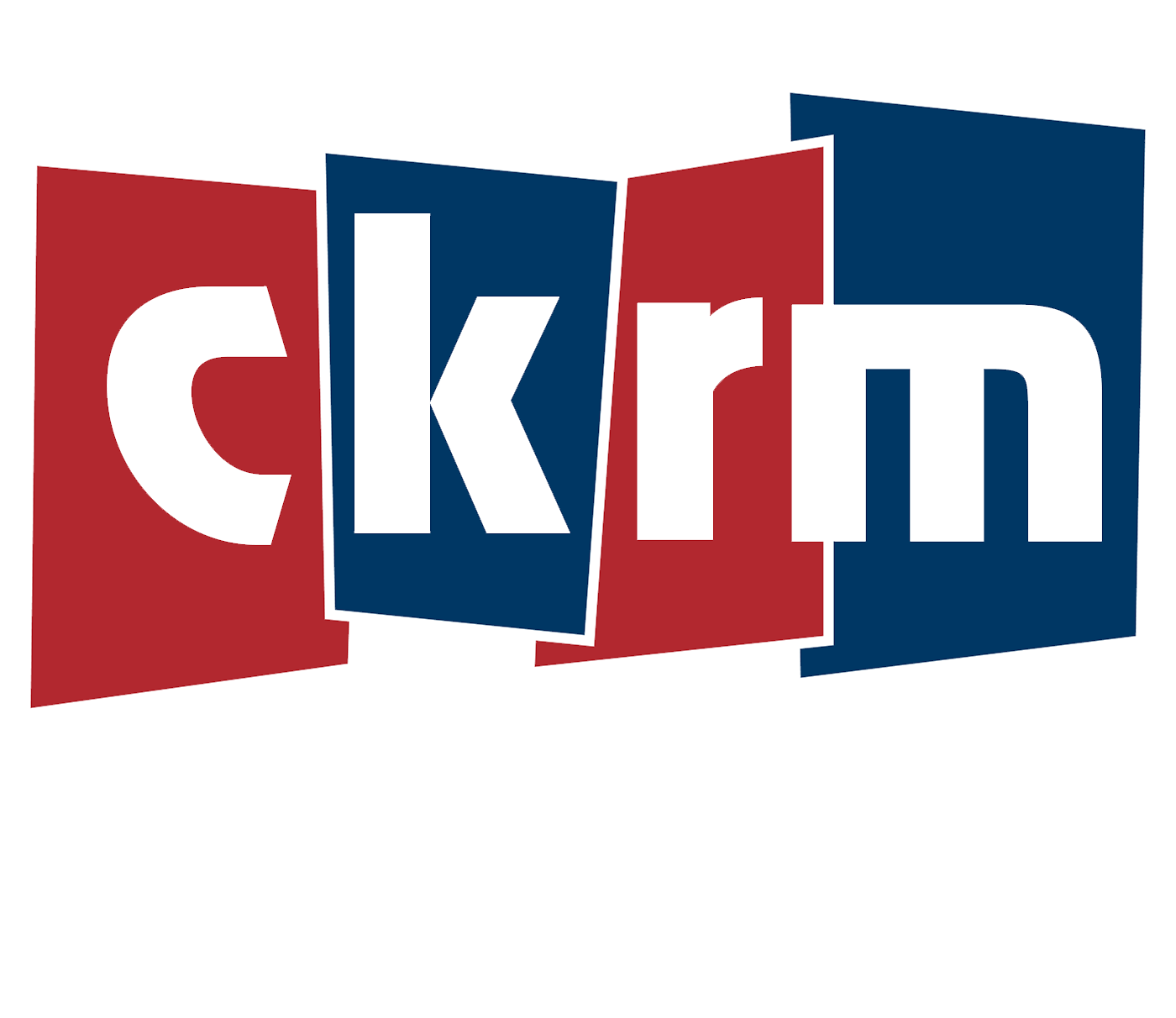Jurors at a coroner’s inquest into a mass stabbing on a Saskatchewan First Nation have begun deliberating recommendations to help prevent similar deaths in the future.
Myles Sanderson killed 11 people and injured 17 others on the James Smith Cree Nation and nearby village of Weldon, northeast of Saskatoon, on Sept. 4, 2022.
He died in police custody a few days later.
“It is your duty to try and take this tragic event and make something positive from it,” Blaine Beaven, the presiding coroner, told jurors Tuesday morning.
Over the last two weeks, the inquest heard how the rampage unfolded from RCMP officers at the scene, as well as from paramedics and hospital workers who organized the response.
It also heard about Sanderson’s life, personal relationships and prison history.
The six jurors heard the final evidence Monday, including new information about how Sanderson was able to evade police detection for more than three days.
Sgt. Evan Anderson with the Saskatchewan RCMP’s major crimes unit said Sanderson made a “camp” in the bush by a home near Crystal Springs, a hamlet in east-central Saskatchewan close to Wakaw.
The owner of the home called police on Sept. 7, 2022, to report that Sanderson had broken into her home and fled in her vehicle. Police pursued the killer until the vehicle went into the ditch near Rosthern.
Sanderson, 32, went into medical distress in police custody and was declared dead in hospital in Saskatoon.
A second inquest into Sanderson’s death is to take place in February.
Keith Brown, the lawyer representing the First Nation in the inquests, said Monday jurors have a lot of evidence consider as they come up with recommendations.
“I am hopeful that individual families perhaps got a little bit more information and maybe closure as to the specific circumstances of their loved ones,” Brown said.
The inquest is to establish the events leading up to the killings, who died, and when and where each person was killed. Beaven told the jury much of that information, including the identity of those killed and manner of death, is straightforward.
“You’ve been asking questions,” Beaven said to the jurors. “It’s obvious you are engaged in the process.”
The coroner said recommendations must be practical, implementable, lawful and based on the evidence.
RCMP said in an overview of the massacre that Sanderson went to the First Nation to sell cocaine. In the days before the killings, he caused chaos with his brother, Damien Sanderson.
Damien Sanderson was the first to be killed. Myles Sanderson then went door-to-door on the First Nation stabbing people.
An RCMP criminal profiler testified some victims were targeted because Sanderson had a grievance against them, and others got in the way of his mission to kill.
The inquest heard from Sanderson’s parole officers, elders with Corrections Services of Canada and others who dealt with the killer while he navigated the prison system.
Sanderson received statutory release in August 2021 after he was denied parole earlier that year. Statutory release kicks in when an offender has served two-thirds of a prison sentence.
Four months into his freedom, Sanderson was found to have been lying about his living arrangements, and his release was suspended.
In February 2022, the board cancelled the suspension and Sanderson again received statutory release with a reprimand.
Three months later, Sanderson was unlawfully at large and a parole officer issued a warrant for his apprehension. He was still at large at the time of the massacre.
The inquest heard from Sanderson’s common-law partner, Vanessa Burns. Burns, who shared five children with Sanderson, testified about more than 14 years of domestic violence.
Her father, Earl Burns Sr., was among those killed.
The inquest also heard from Damien Sanderson’s wife, Skye Sanderson. Her father, Christian Head, was also killed.
Beaven cautioned jurors about some of Skye Sanderson’s evidence about phone calls she said she made to police before the attacks.
She believed what she was saying was the truth, the coroner said, but it contradicts police testimony and records of 911 calls and investigations.
“The jury has a very large task in front of them,” Kim Beaudin, the vice-chief of the Congress of Aboriginal Peoples, said Monday,
He said it’s important that the recommendations and they don’t just sit on a shelf.









